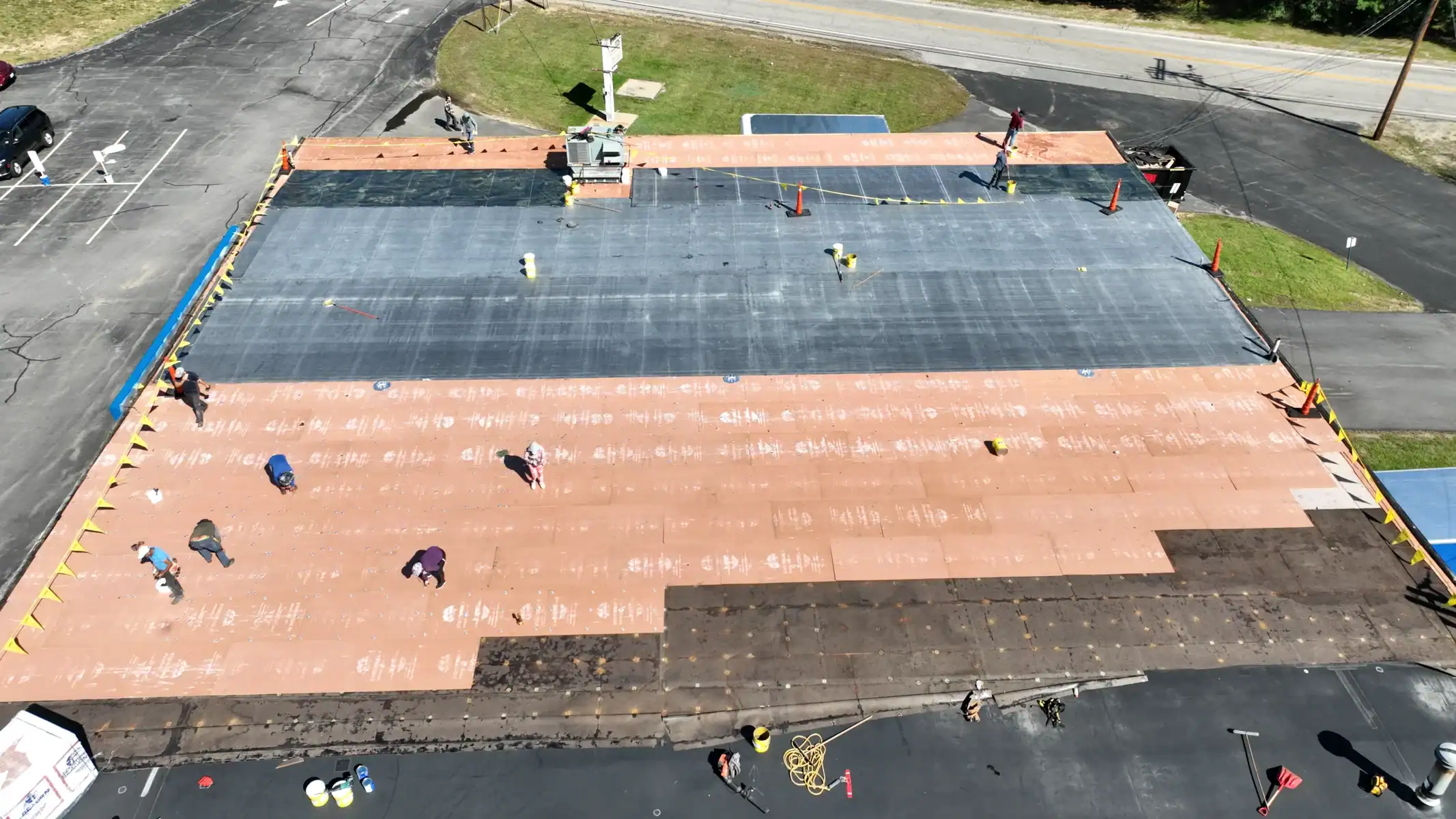
When it comes to roofing, homeowners and builders always look for durable, long-lasting, and eco-friendly materials. One such material is rubber roofing. This material is made from recycled rubber, offering several benefits over traditional roofing materials. Read on to learn more.
Durability
Rubber roofing is incredibly durable, with a lifespan of up to 50 years. It is made of a single-ply membrane resistant to punctures, tears, and other types of damage. This makes it an ideal roofing material for areas that experience extreme weather conditions.
This type of roofing is also resistant to UV radiation, which can cause other roofing materials to deteriorate over time. This means that rubber roofing will not crack or fade, ensuring it remains in top condition for many years.
Eco-Friendliness
One of the most significant benefits of rubber roofing is its eco-friendliness. Rubber roofing is made from recycled materials which would otherwise end up in landfills. This reduces the amount of waste in landfills and helps protect the environment.
Furthermore, rubber roofing is also recyclable. It can be recycled at the end of its lifespan to create new roofing materials or other products. This means that rubber roofing is a sustainable and eco-friendly option that can help reduce our environmental impact.
Energy Efficiency
Rubber roofing is also an energy-efficient roofing material. It has excellent insulation properties that help to keep homes warm in the winter and cool in the summer. This means homeowners can save money on their energy bills using rubber roofing.
It can also help to reduce the urban heat island effect. This effect occurs when urban areas become significantly warmer than nearby rural areas due to the heat absorption by buildings and pavement. By installing rubber roofing, we can help reduce the amount of heat absorbed by structures, which can help mitigate the urban heat island effect.
Low Maintenance
Rubber roofing requires very little maintenance, saving homeowners time and money. Unlike traditional roofing materials, rubber roofing does not require regular cleaning or treatment to maintain its appearance and performance.
Furthermore, this type of roofing is also resistant to algae and moss growth, which can be problematic with other roofing materials. This means that homeowners do not need to worry about regularly cleaning their roofs to prevent the development of algae or moss.
Lightweight
Rubber roofing is lightweight compared to traditional roofing materials such as asphalt shingles or concrete tiles. This makes it easier to transport and handle during the installation process.
Additionally, the lightweight nature of rubber roofing puts less stress on the building’s structure. This can be particularly beneficial for older or weaker structures.
While the upfront cost may be slightly higher than traditional roofing materials, its long lifespan and low maintenance requirements make it a cost-efficient choice. Homeowners can save on repair and replacement costs associated with other roofing materials.
Conclusion
Rubber roofing is a durable, eco-friendly, and energy-efficient material offering several benefits over traditional roofing materials. It is an excellent choice for homeowners and builders looking for a roofing material that is long-lasting, sustainable, and requires little maintenance.
If you’re looking for reliable and experienced rubber roofers in New Hampshire and Southern Maine, turn to J. Carnes & Son Roofing. As the area’s leading and most trusted residential roofing contractor, we have the expertise and experience to install and maintain rubber roofing to the highest standards. Contact us today to get a quote.
